Strad or Dud? Is My Violin a REAL Stradivarius?
Strad or Dud? Is My Violin a REAL Stradivarius?
Discovering "The Red Violin" of Stradivariuses is pretty much impossible. Shucks.
[This article was updated in May, 2021]
Kindly Note: I am inundated with requests to authenticate fake Strads. Please read this article before writing to Fiddleheads hoping your violin is a rare exception. As the article states, there are literally millions of copies and some are quite convincing.
Fiddleheads and I do not offer evaluations or appraisals. You may wish to contact a service such as Bromptons*, which now offers video and email valuations. (*Fiddleheads has not dealt with Brompton's and cannot attest to their services.)
Eureka?
Several times a day I receive a call or email from someone, like the hundreds of people before him, who found a Stradivarius violin! This kind of discovery can only be met by stumbling upon a winning lotto ticket.
Or could it be?
The Master
Antonio Stradivari was a violin, viola, cello, harp and guitar maker in Cremona, Italy. He was born in 1644 and died in 1737 and made over 1,100 instruments during his lifetime. He is renowned for his superb violins and his "violin formula" has become the ideal design model for violin makers for more than 250 years.
Famous violinists such as Itzak Perlman, Joshua Bell and Issac Stern play on Stradivarius violins which are loaned to them by rich benefactors or museum societies.
Stradivarius violins have sold on auction for anywhere from $50,000 to $3,000,000 (that’s right, three million dollars). You can see why people get a bit excited about unearthing such a promising treasure, especially when the label says "Antonius Stradivarius Cremonensis Faciebat Anno 1720."
It seems authentic enough, right?
Wrong.
Nearly all of the 650 of the surviving Stradivarius instruments have been accounted for. Discovering "The Red Violin" of Stradivariuses is pretty much impossible. Shucks.
How do so many people discover Stradivariuses in the attic if they are all accounted for? Hundreds of thousands of violins have been made which copy the Stradivarius design and bear labels that read "Stradivarius."
The Labels
This practice once was a kind tribute to Stradivari and his remarkable craftsmanship as well as a way of specifying the model around which an instrument was designed.
Recently, however, the confusion generated by the false labels has led to commercial gain for scheming crooks. A sly seller can deceive an inexperienced buyer with a battered old fiddle with a label and phony certificate of authenticity. Many collectors have paid large sums of money for fake Strads. (Talk about bad investments; forget depreciating houses and crashing stocks when you can buy dud Strads for hundreds of thousands of dollars).
Most buyers today consult an appraiser to avoid being swindled. Other times an appraiser isn’t necessary since it is obvious the violin is a fake. One of my violins has the usual Strad label and date, followed by “Made in Germany.” Identification such as that was required by United States regulations on imported goods in the late 1800s.
It’s not a real Strad. #@*%! Dang it. (You can see why the lady in the top image is so upset.)
The Smithsonian Institution states that "a violin's authenticity can only be determined through comparative study of design, model, wood characteristics, and varnish texture." In short, many hours of tests and comparisons by an experienced luthier (violin maker) who has seen hundreds of genuine and replica Stradivariuses can tell the difference.
Copies can still sound amazing!
Don’t throw that violin in the woodpile just yet! There is still hope for your fiddle’s greatness. It may be a copy, but it could be a really good copy. In fact, in 1851 Joseph Rocca made a convincing copy of the world’s finest violin, the "Messiah" Strad, and had the experts duped until only recently. Any violinist would be only too happy to settle for a copy that sounds as good as that one.
[Check out my Photo Gallery of Fake Strads from images sent to me by clients over 20 years]
Really, cost and label aside, a violin is an instrument, a tool for making music. Who cares if your fiddle was made by a Norwegian goat herder or a factory assembler in China? What matters most is how it sounds when you draw your bow across its strings.
So get that poor old beauty out of its case, fix it up and learn to make it sing again. If you can’t, then give it to someone who can make it sing, donate it to a non-profit group who helps disadvantaged kids play, or trade it towards a finer instrument (enter shameless plug for my violin shop).
Music created by the heart is far more valuable to our souls than a Stradivarius ever could be.
--
Kindly Note: I am innundated with requests to authenticate fake Strads. Please read this article before writing to Fiddleheads hoping your violin is a rare exception. As the article states, there are literally millions of copies and some are quite convincing.
Fiddleheads and I do not offer evaluations or appraisals. You may wish to contact a service such as Bromptons*, which now offers video and email valuations. (*Fiddleheads has not dealt with Brompton's and cannot attest to their services.)
Single Strad Label Photo: "Panasonic Lumix LX5" by jimmyroq is licensed under CC BY-NC-SA 2.0
Painting of Antonio Stradivari: Edgar Bundy, 1893

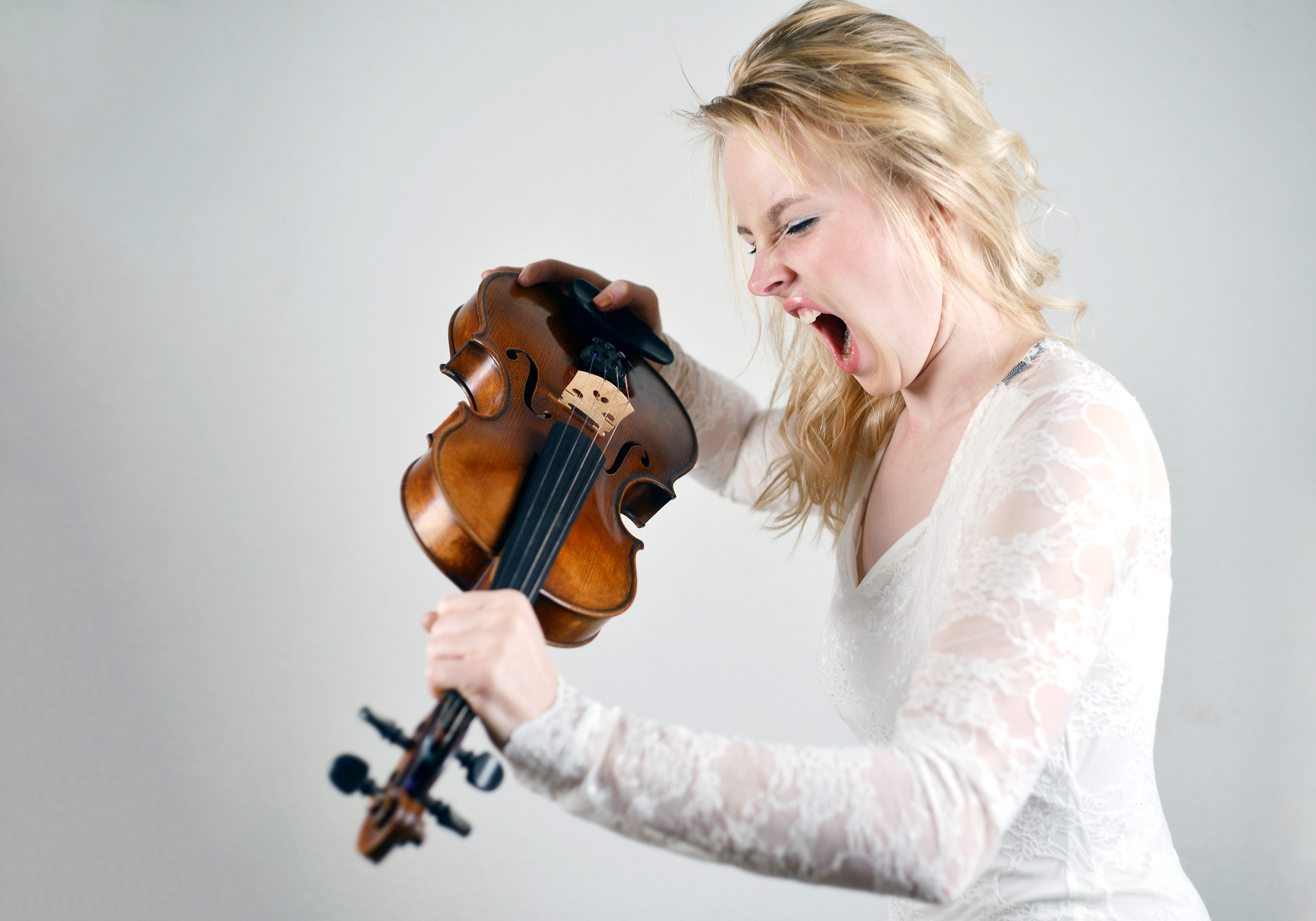

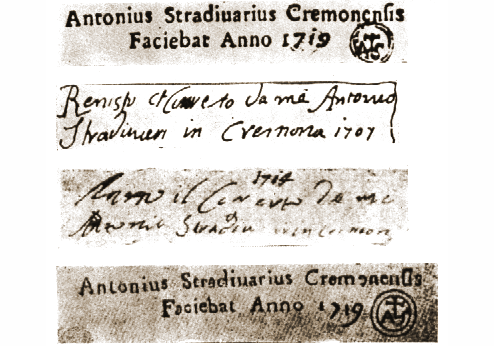
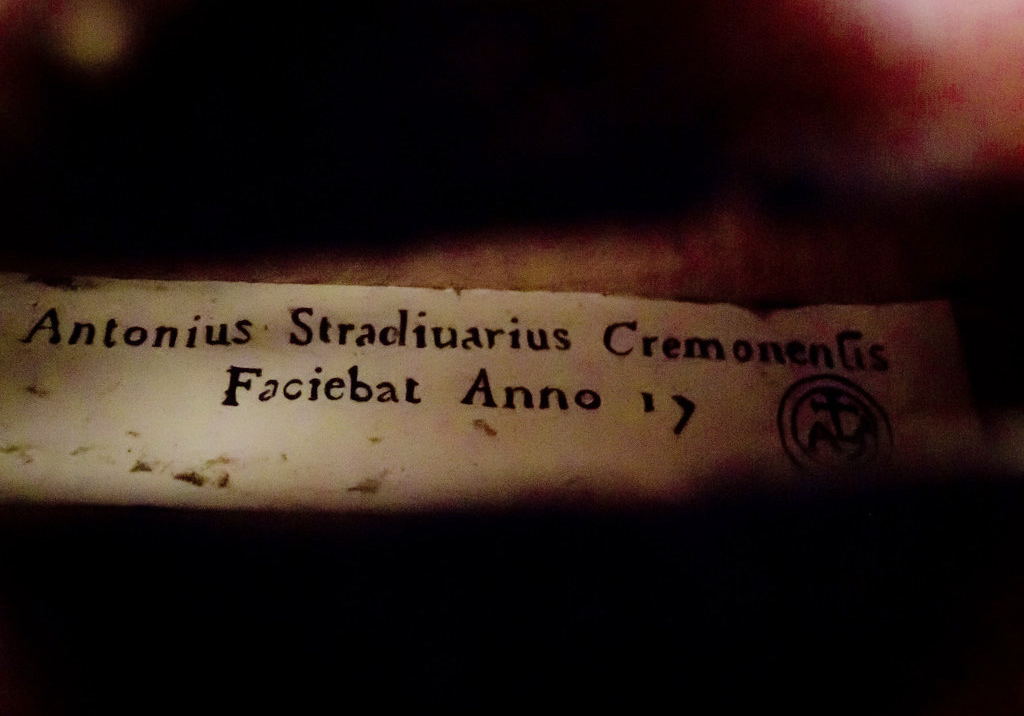
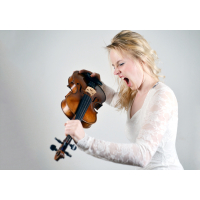



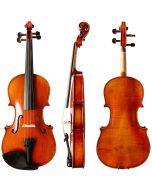
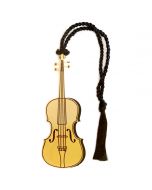
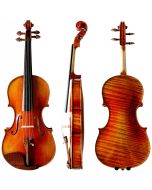


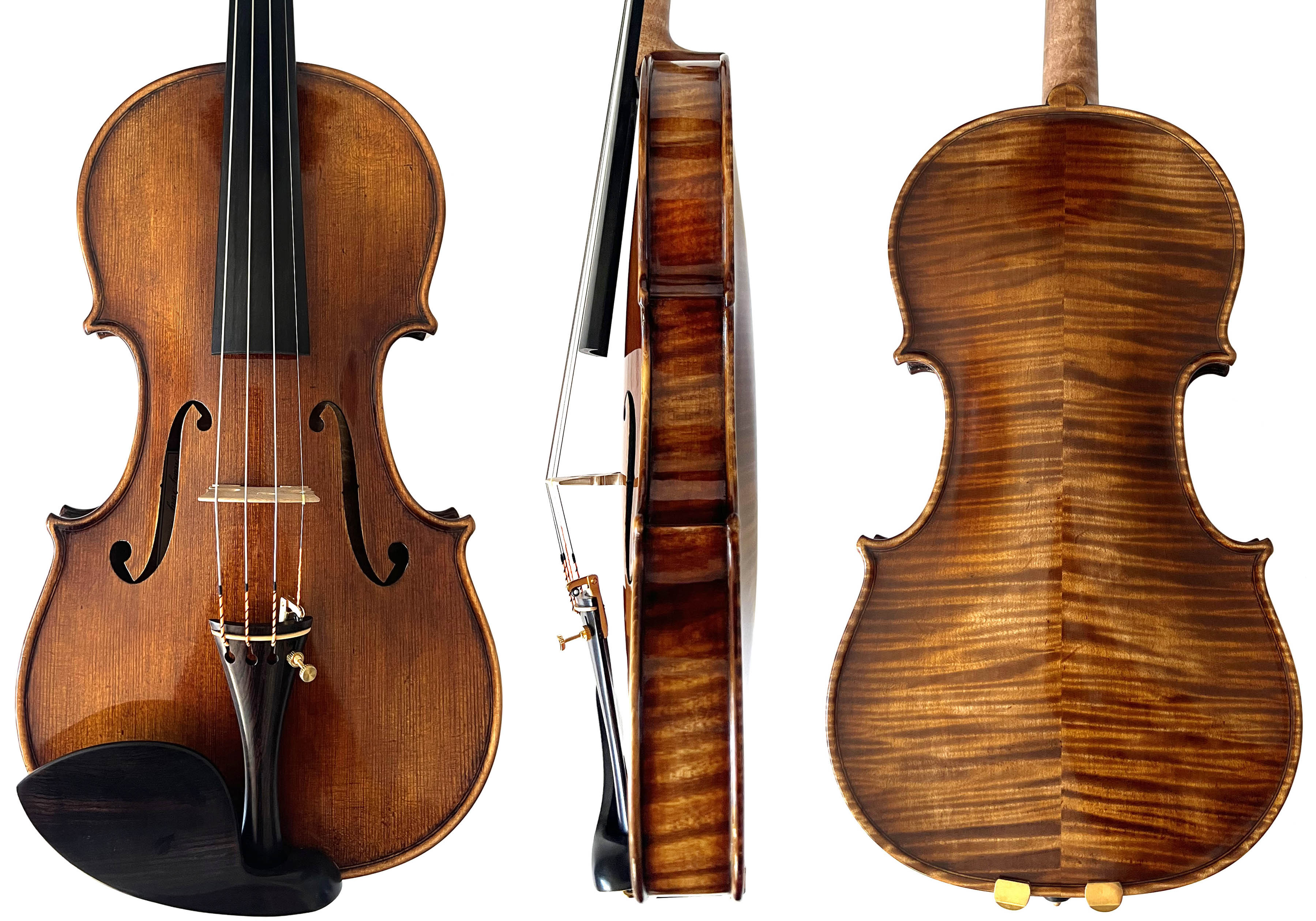

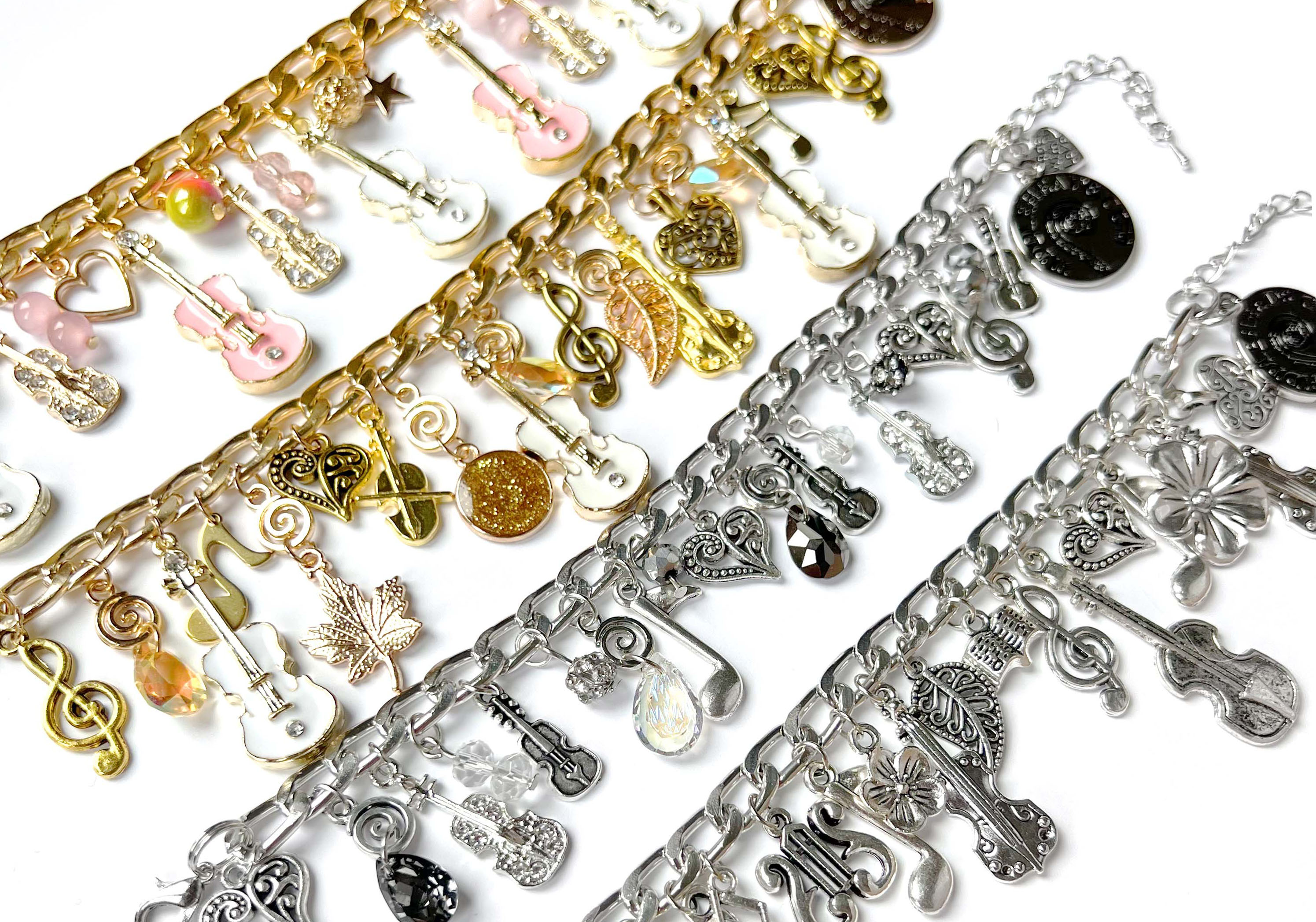
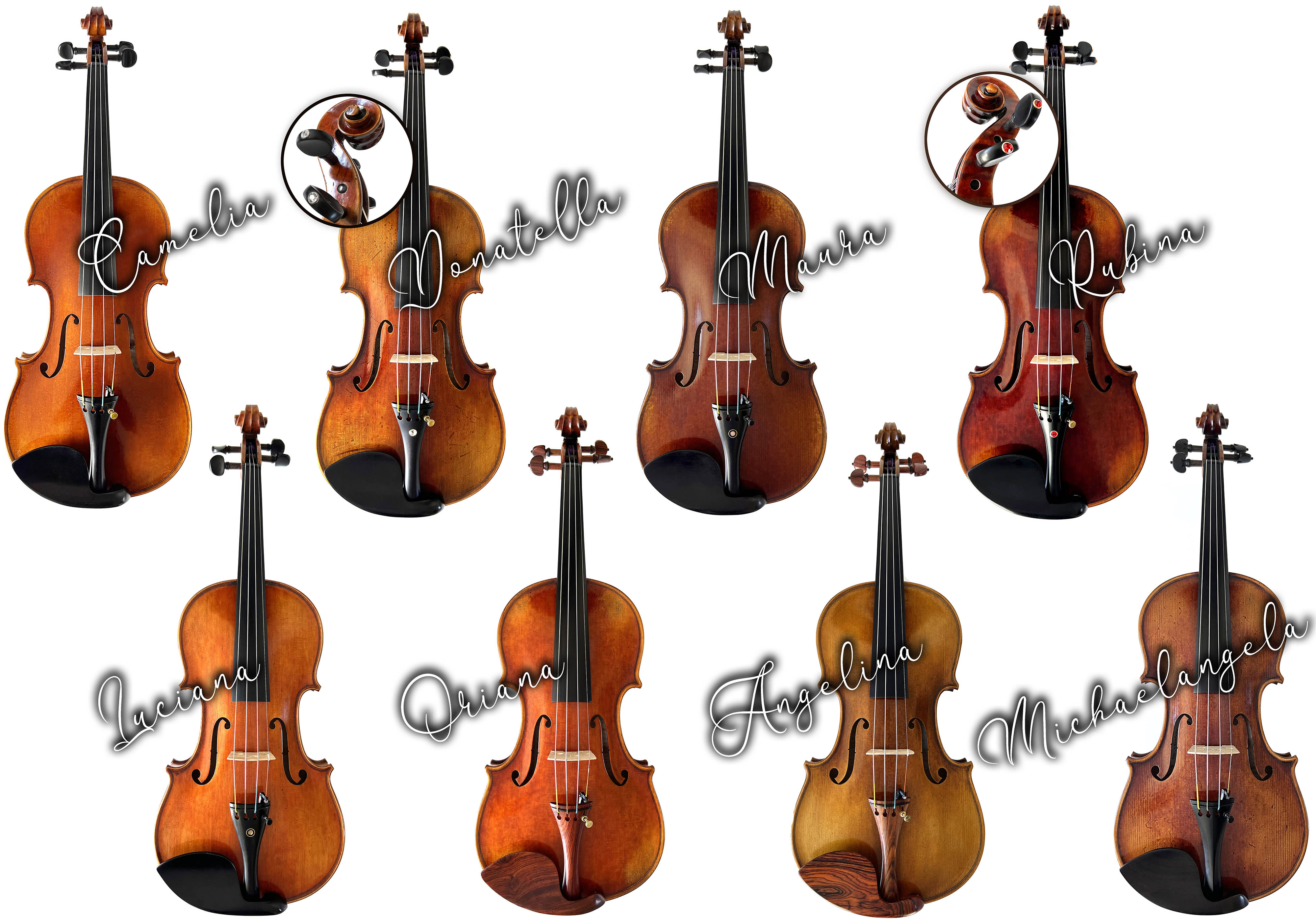
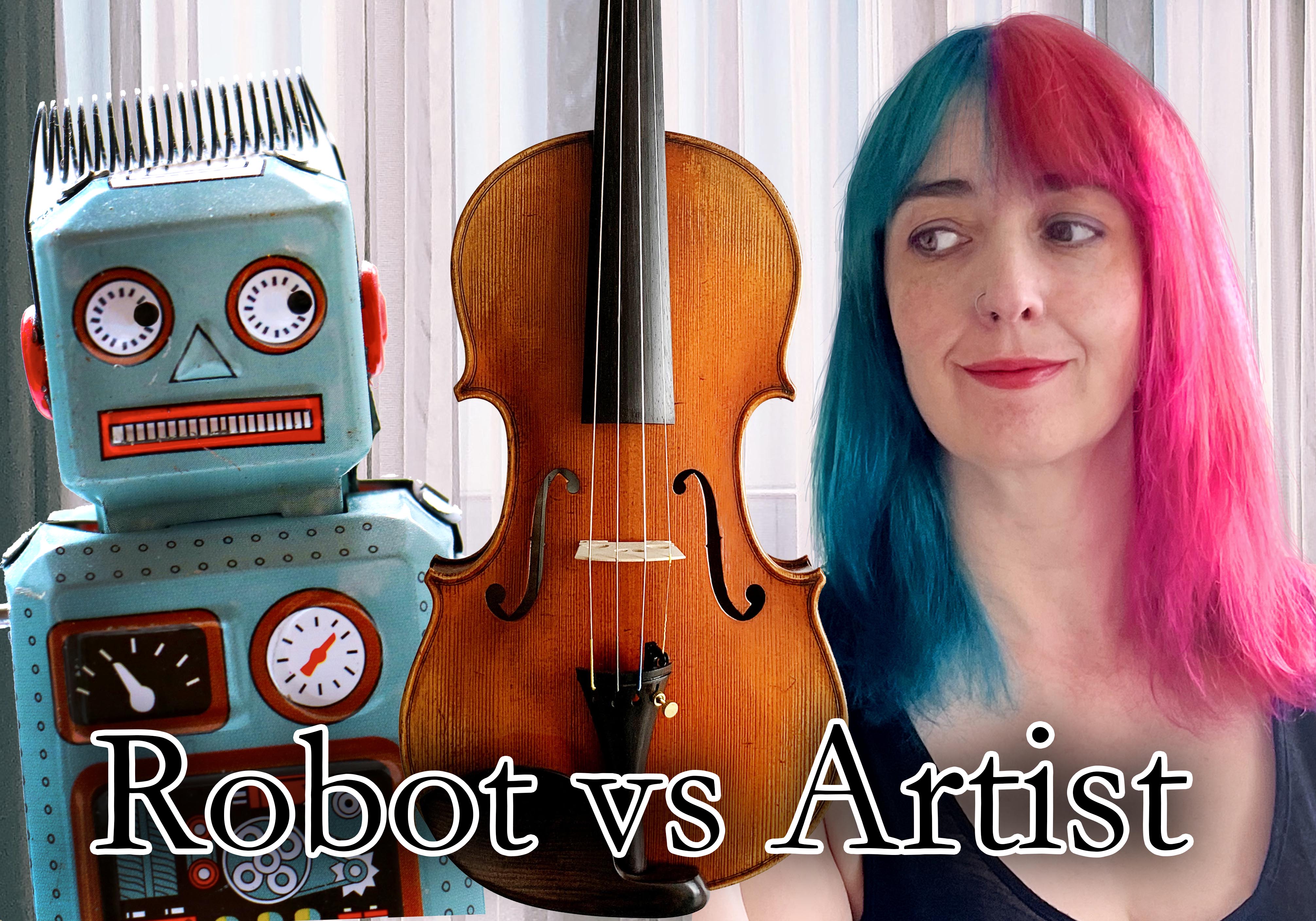
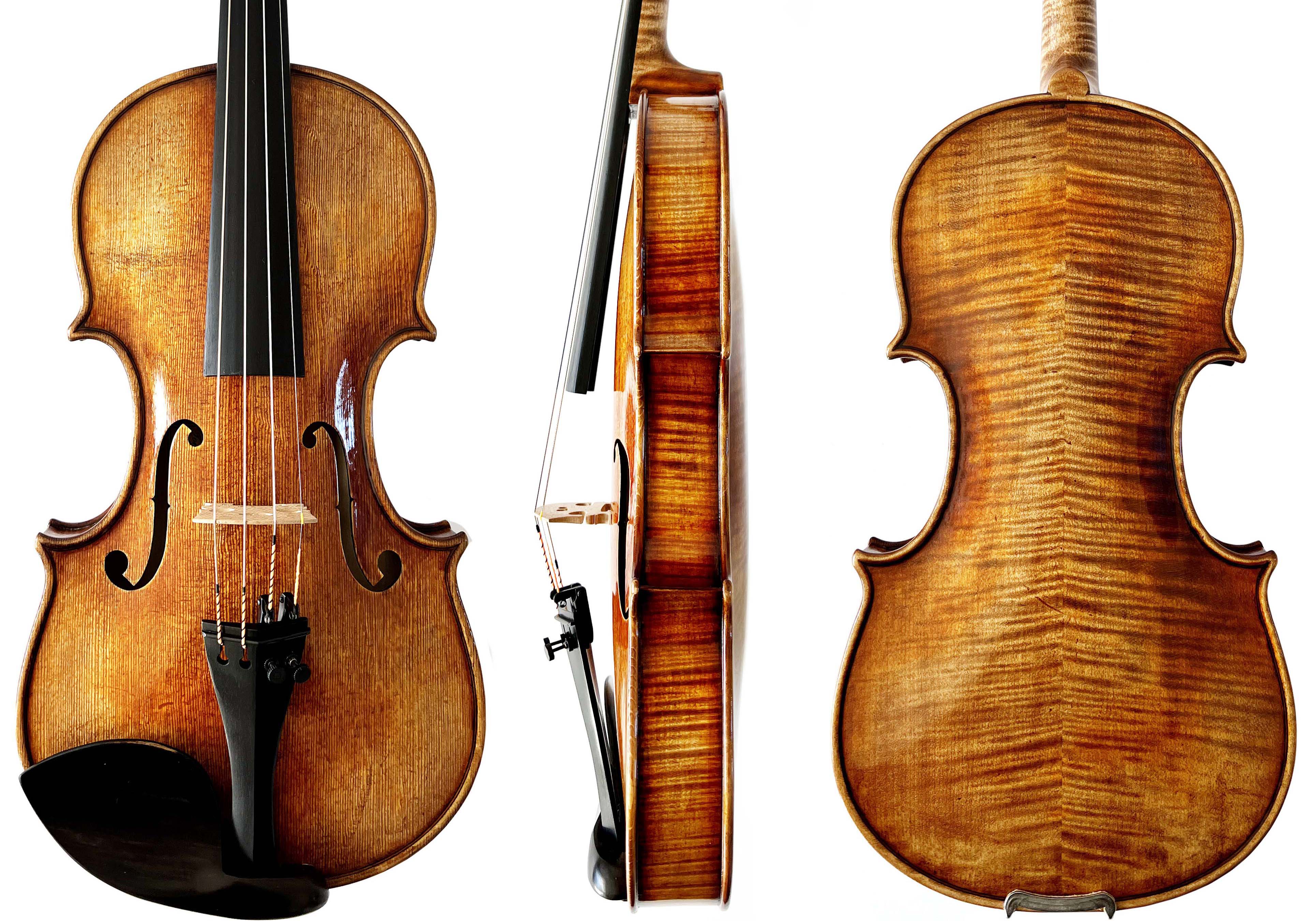

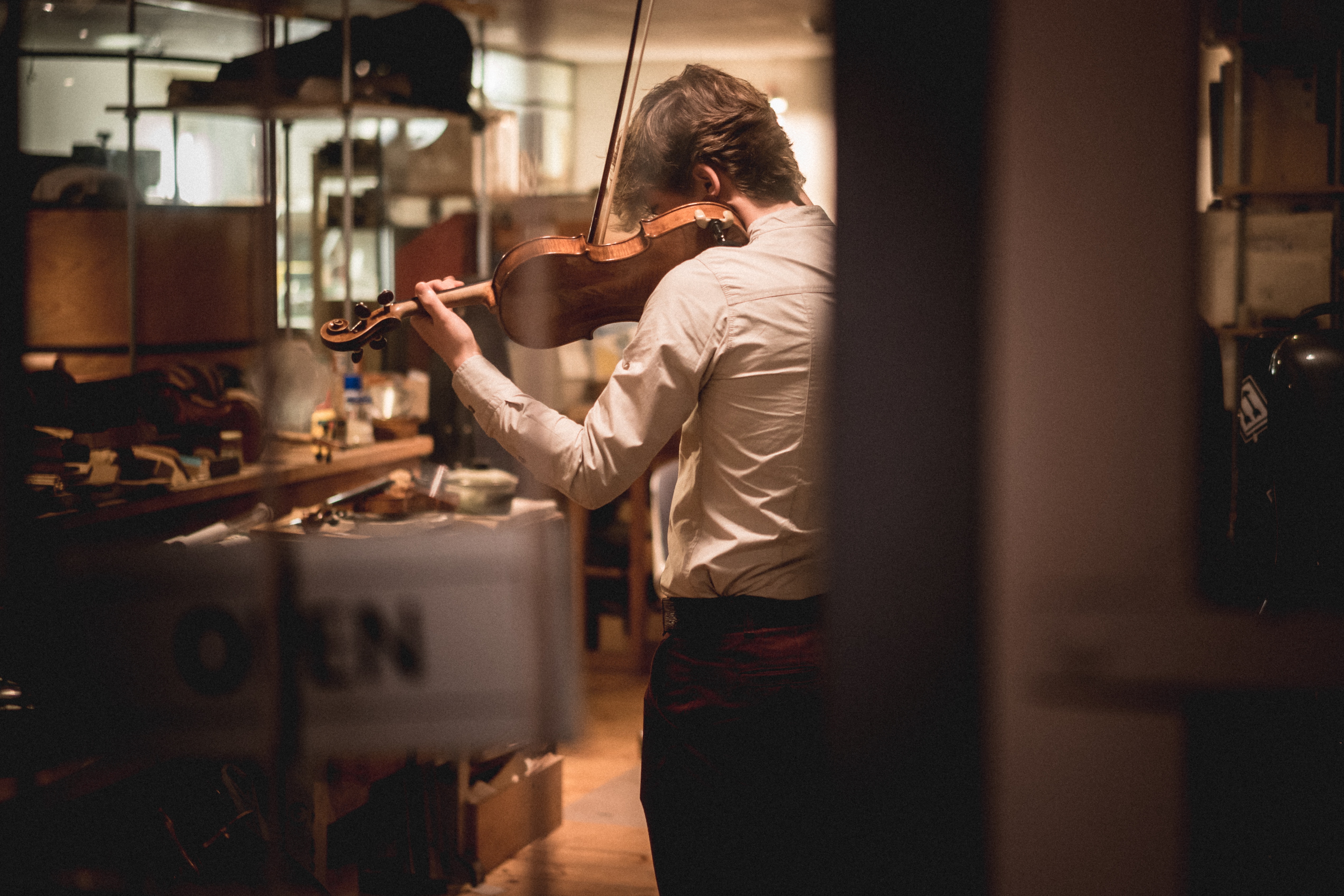
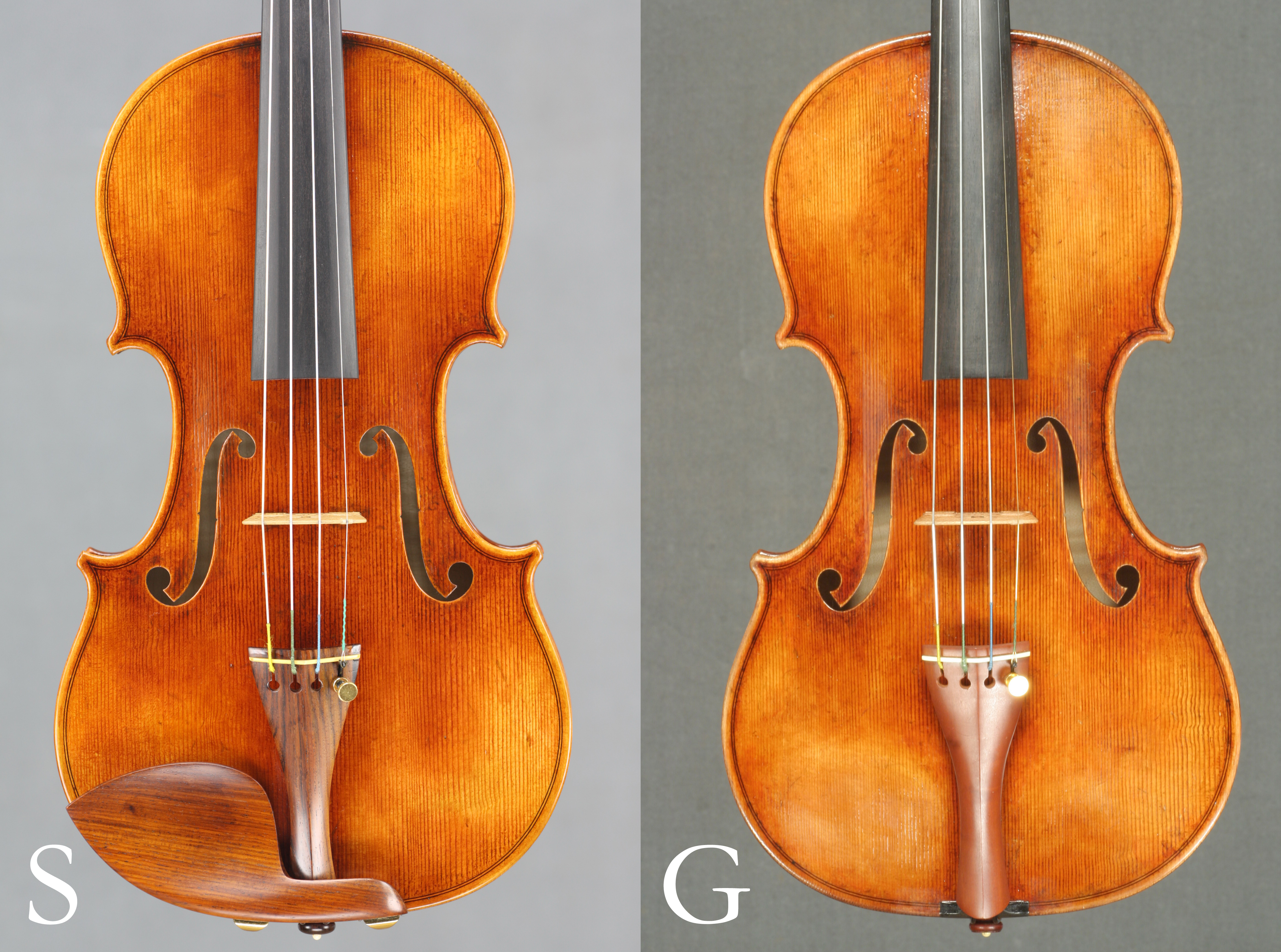
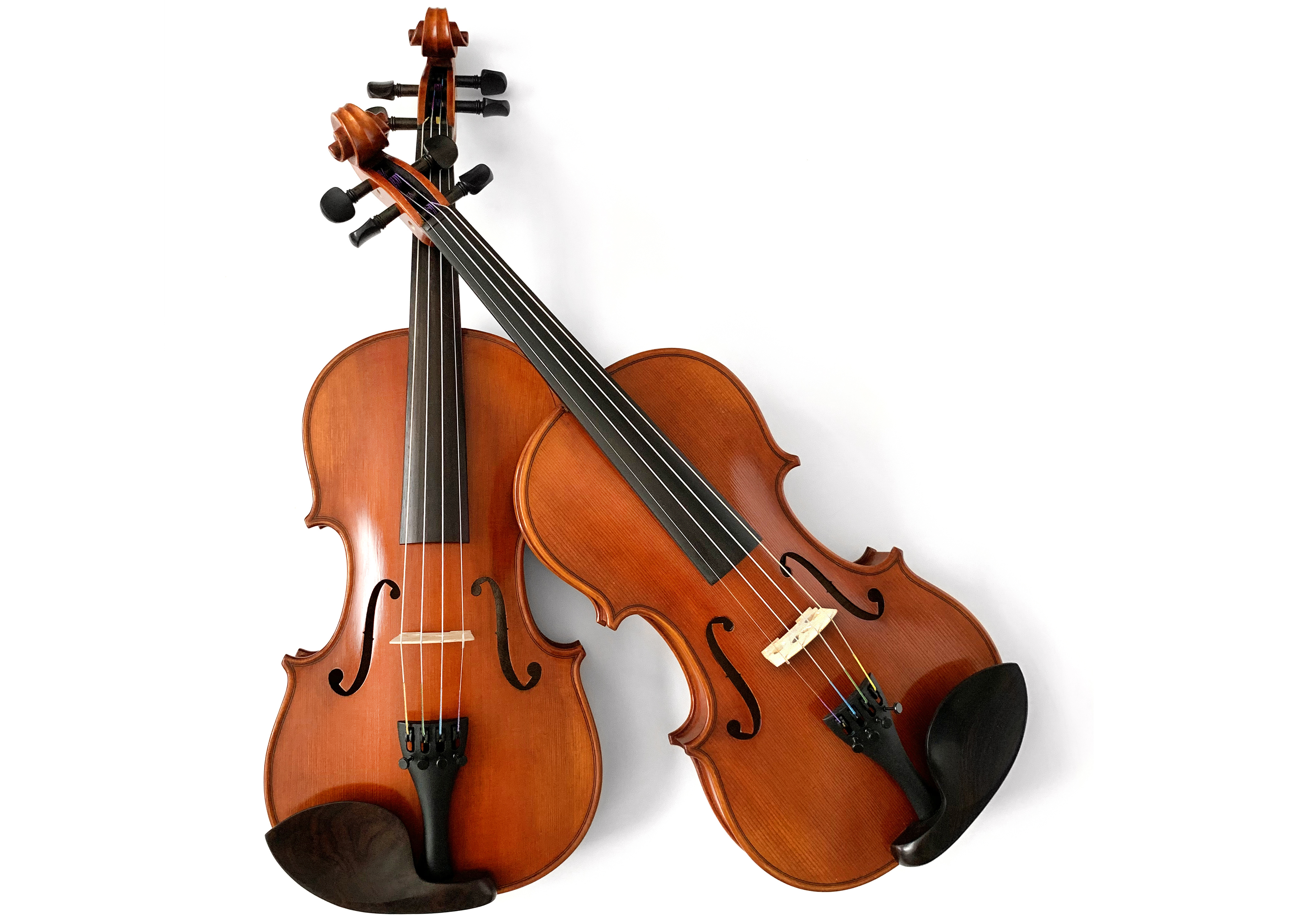
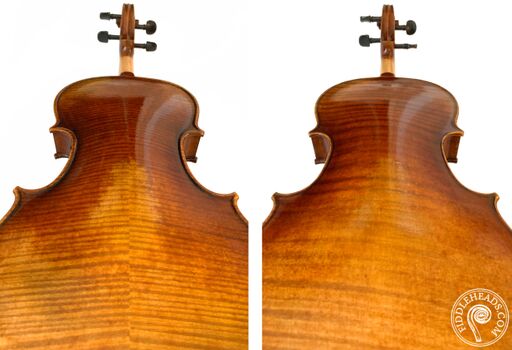



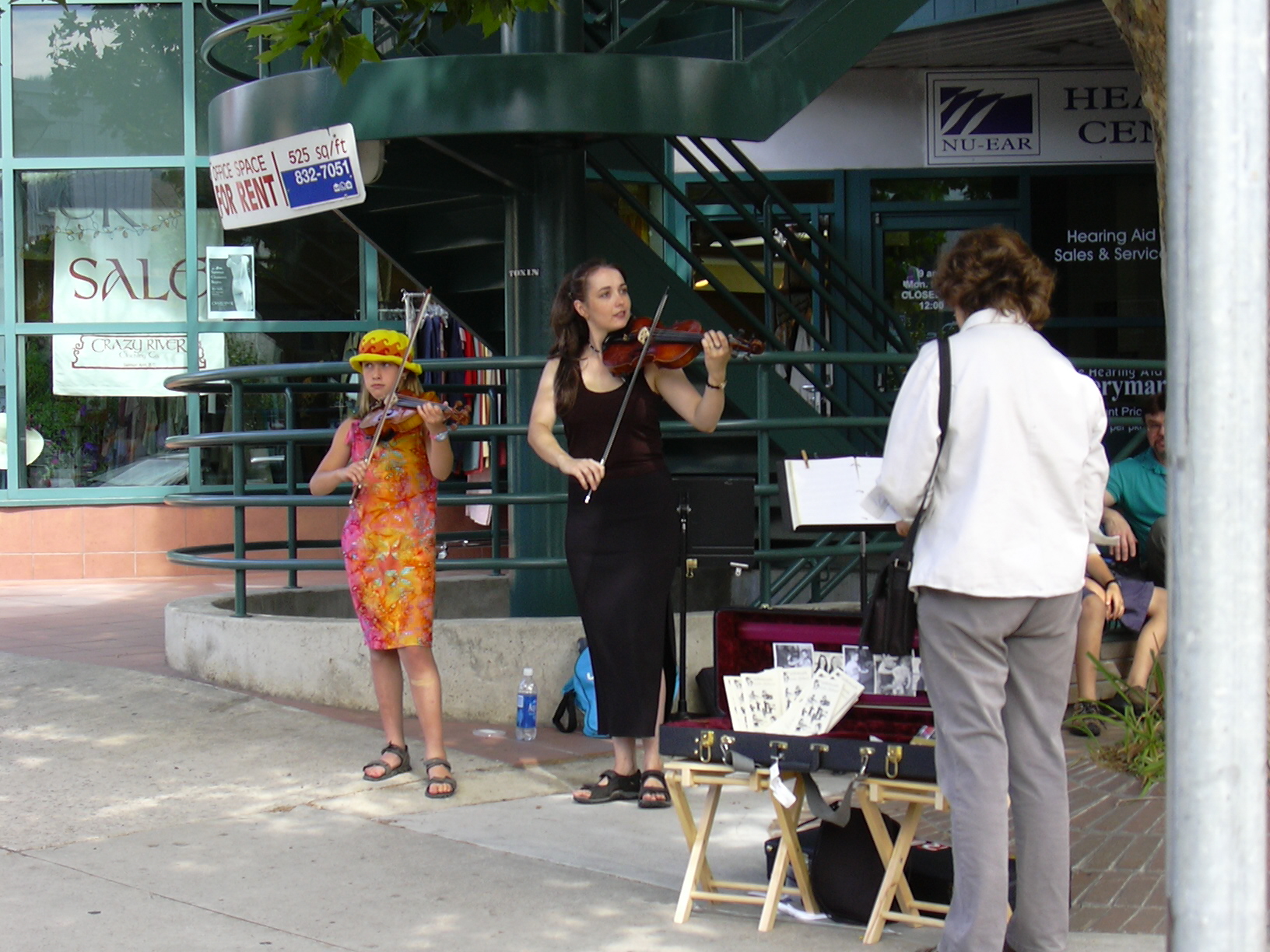
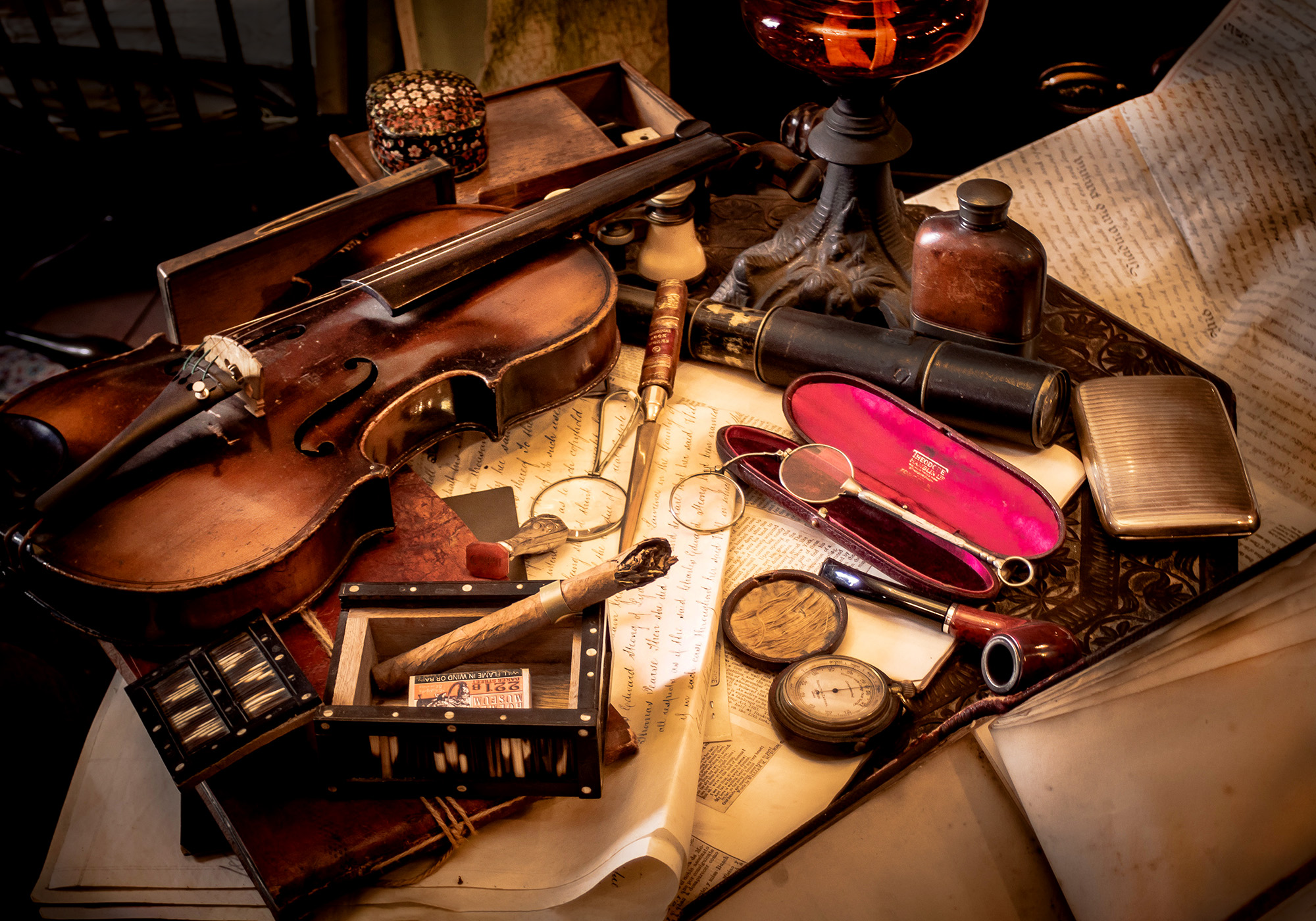
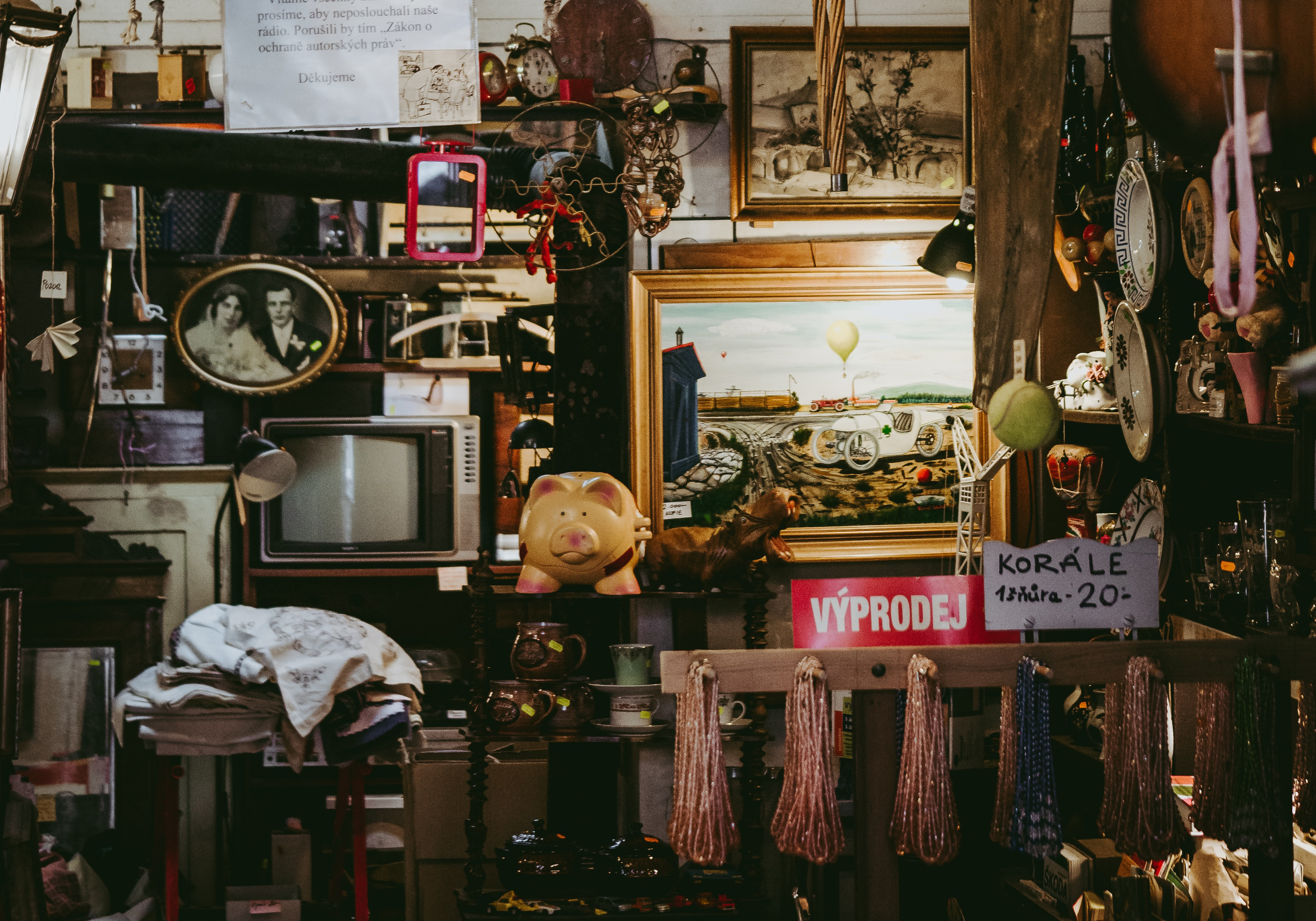



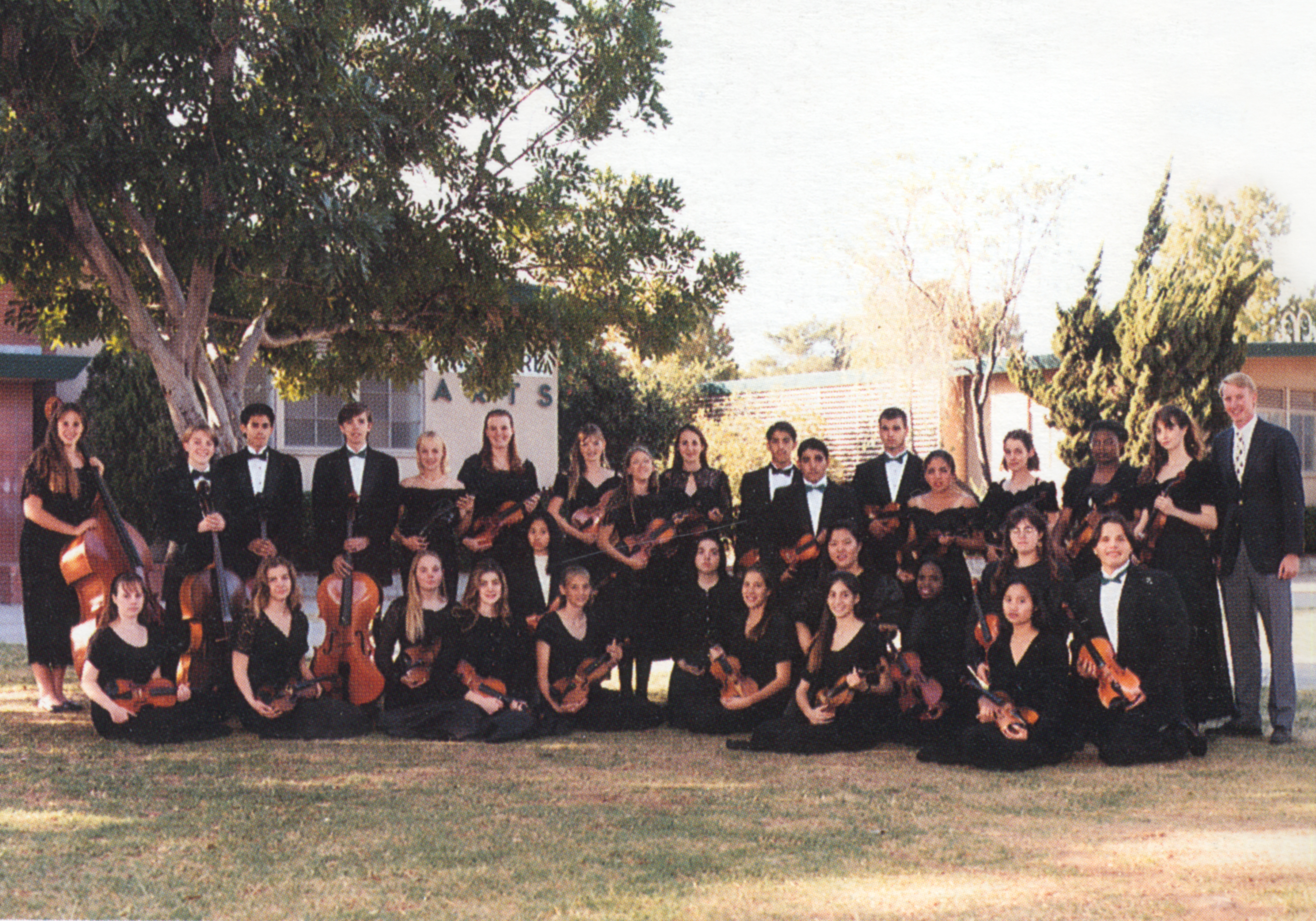
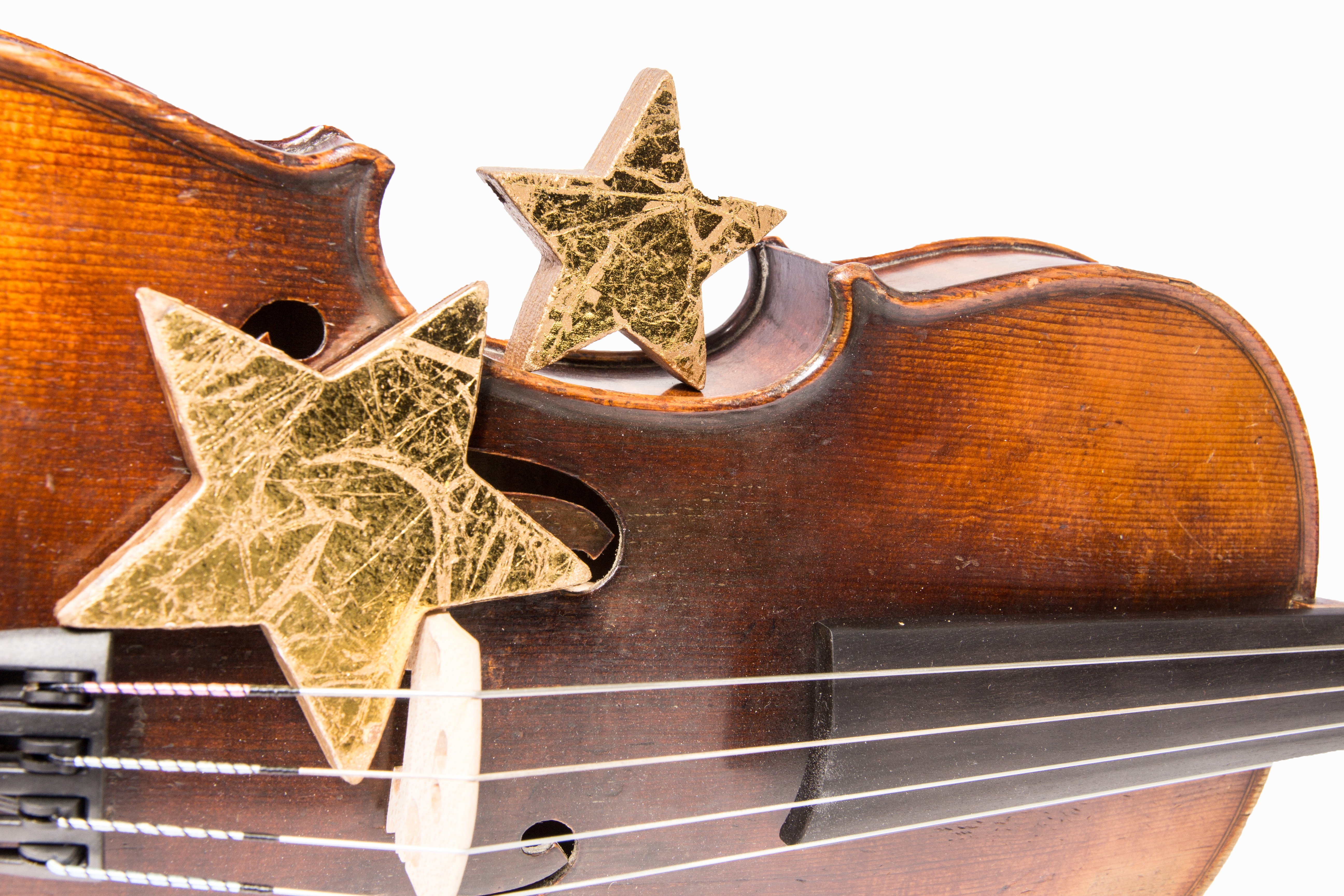


Before her g'ma died, she got to play some Christmas duets with her. G'ma had gotten the old thing fixed up so she could play. When she died, she gave it to Hannah.
Well, it is one of those old 'counterfeit' Strads. She has a letter stating it's history that makes it over 200 years old. Of course Hannah thought it might be real and that we should have it checked, so I told her that she really didn't want to know. If it was a real one it would likely have to go to a museum rather than be carried to school by an 8 yr old.
She started playing it a couple years ago (she is 12 now) and it has better tone than the $1600 violin at the shop.
Though it isn't a real Strad, it is certainly a treasure for her. And love of the music and the instrument makes all the difference.